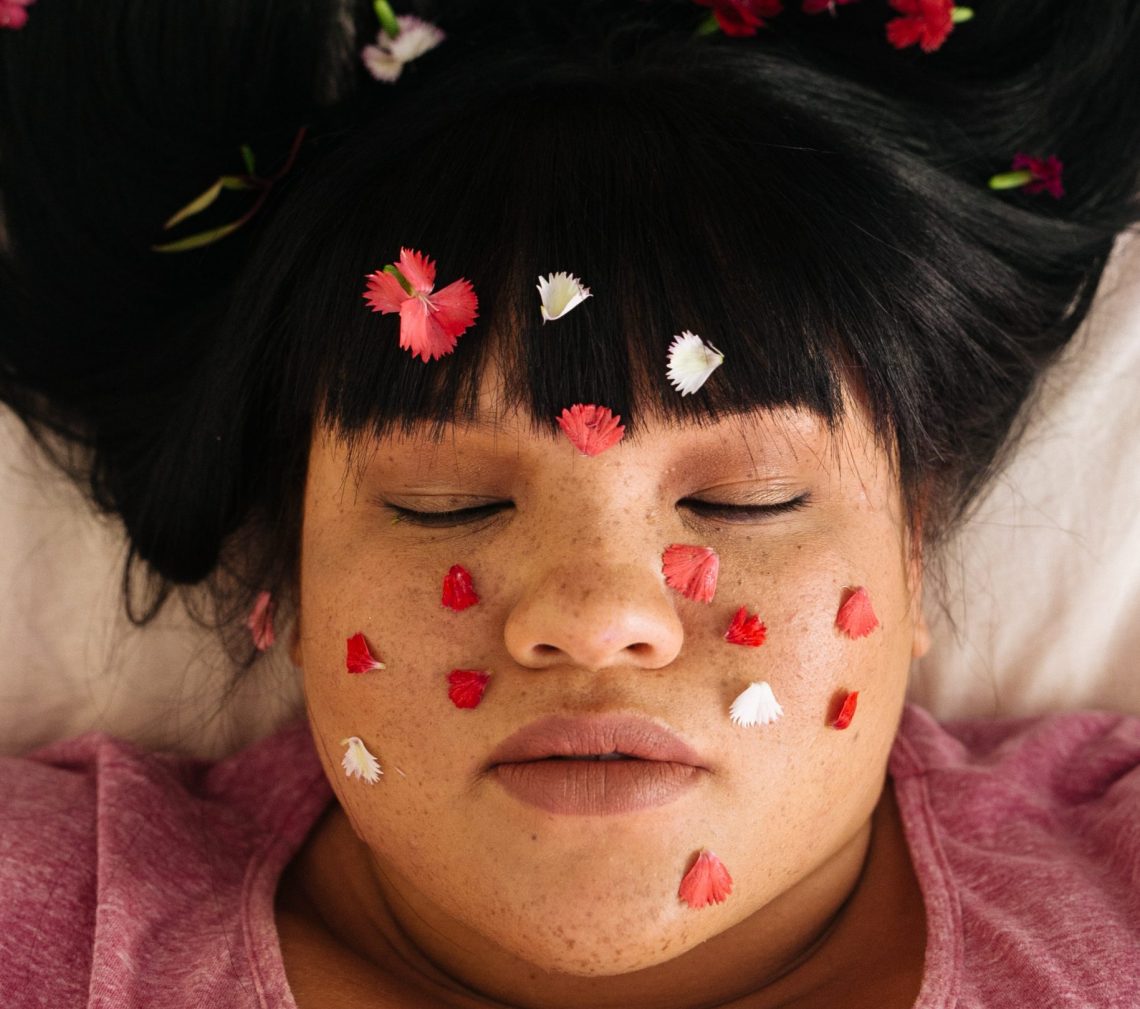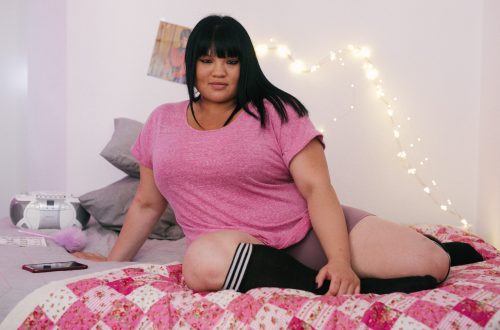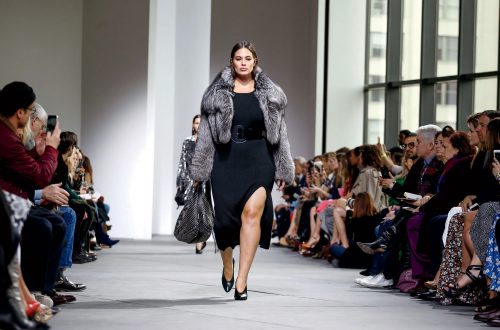
The Beauty of Being Plus Size
Thanks to activists pushing for more plus size visibility in the fashion world, demand for plus size models increased these past few decades. As things change and progress, major clothing brands are becoming more size inclusive with many offering sizes up to a 28. Larger size women are now being represented better and plus size modelling opportunities increased across the fashion industry – from the catwalk, to catalog modelling for swimsuit, and even for magazine editorials.
How to become a plus size model? Broadly speaking, anyone over a size 12/14 or higher can be casted as a plus size model. It wasn’t the case a few years ago when the requirement was to be a size 6 to for plus size modelling gigs. This sizing raised a few eyebrows since typical average women’s dress sizes are between 12 to 16, and 6 is actually considered small in the United States.
Unlike traditional fashion runway modelling that usually have a minimum height requirement of 5 feet, 9 inches tall, plus size models can be shorter – starting from 5 feet, 6 inches. Of course, there is always exceptions to the rule. The world’s first size 22 supermodel, Tess Holliday, is 5’5″.
I had always been the ‘heavy’ kid. Growing up, I was told many times that I have a pretty face but unfortunately, chubby frame. Initially, it never bothered me. Being tall compared to my classmates, I was labeled a big girl, and I was fine with that. I always thought that I’d rather be big and tall than small and short. This nonchalance about my weight changed when I hit puberty. At age 13, I started being more body-conscious. I felt very insecure of how my breasts, hips and arms are bigger than my peers, and resented people, some even close family members, who teases me for my body frame. From being ‘heavy’, I’m now called ‘fat’. A label that I tried to shrug off for many years.
It doesn’t help that, growing up, women’s magazines are filled of dozens of skinny women, flaunting their svelte, thin, size zero bodies. Every catalog, every billboard, all magazine covers and catwalks were dominated by bikini-ready bodies. The way media projected healthy and sexy didn’t help my impressionable teenager self. Just like 70% of women who dieted before the age of 13, I skipped so many meals just not to add any more pounds to my big frame. At 17, my diet consisted of hard-boiled eggs and plain yoghurt. At 5’10” weighing 123 pounds, agents still considered me to be “too big” for casting.
For many, many years, I believed that being skinny equates to happiness. “When I’m skinny, I’ll have more offers.” “When I’m skinny, people will like me more.” “When I’m skinny, boys will hit on me.” “When I’m skinny, I’ll be contented.” However, no matter what kind of diet I went through, from low carbs, to intermittent fasting, to Atkins, and even juicing, I never became too thin. Despite the kilos I lost, I was not skinny enough. I blame my father for it. My father is big and so his family. Growing up, I hated it when my father’s relatives tell me that I have their genes. I would grit my teeth, nod, and smile whenever they say we were cut from the same cloth but deep inside, I wanted to kill them. I can laugh at it my murderous thoughts now, but when I was younger, the hate and pain were too real.
After years of go-see auditions and being told many times to lose some weight, I slowly started accepting the fact that I can never be a size lower than 2. Besides, my body can’t sustain any longer the starvation I put it through. When I let go of the measuring tape and stopped counting every calorie I eat, I started to lead a fuller life. Ironically, I ended up pursuing plus size modelling jobs and had better success getting booked.
Although I happily embrace and proud of being called a plus size model, for many this is quite a degrading label. In an interview, famous supermodel Ashley Graham said that plus size women are often treated second-class citizens. She explained, “I think the word plus-size is so divisive to women.” Graham continued, “I think that when you use the word “plus-size,” you’re putting all these women into a category”, and these categories are about not eating well, not working out, caring less about their body, they’re insecure, and have no confidence.
They are women who let themselves go and not concerned of their health. With ‘plus’ comes years of body shaming, backhanded compliments, and judgmental glances.


